Leading market players are investing heavily in research and development in order to expand their product lines, which will help the mobility technology market, grow even more. Market participants are also undertaking a variety of strategic activities to expand their global footprint, with important market developments including new product launches, contractual agreements, mergers and acquisitions, higher investments, and collaboration with other organizations. To expand and survive in a more competitive and rising market climate, mobility technology industry must offer cost-effective items.
Manufacturing locally to minimize operational costs is one of the key business tactics used by manufacturers in the global mobility technology industry to benefit clients and increase the market sector. In recent years, the mobility technology industry has offered some of the most significant advantages to medicine. Major players in the mobility technology market are attempting to increase market demand by investing in research and development operations includes Qualcomm, Sierra Wireless, Samsung Electronics, Apple, Nuance Communication, Stmicroelectronics, Motorola Solutions, Texas Instruments, Atmel, Autotalks, Intel, Harris, Daifuku, and Dematic.
Texas Instruments Inc. (TI) is a semiconductor manufacturer, designer, and distributor. The company's analog and embedded processor divisions sell standard semiconductor devices tailored to specific applications. Power and signal chain solutions are part of the company's analog chip range. Via its embedded processing category, it provides a large selection of microcontrollers, applications processors, and digital signal processors (DSPs). In addition, TI provides custom semiconductors, CAN transceivers, flip flops, calculators, data convertors, voltage translation devices, RF and microwave, sensors, switches, and wireless connection.
Offering cellular wireless and Internet of Things (IoT) solutions to the machine-to-machine (M2M) and connected device markets is Sierra Wireless Inc. (Sierra Wireless). In addition to wireless gateways and routers for commercial and industrial use, the company provides original equipment manufacturers (OEM) with a portfolio of embedded broadband solutions, embedded wireless modules, and IoT connection services. The company facilitates end-to-end apps and offers cloud services for device management. Sierra Wireless provides its goods and services to the following industries: mobile computing, public safety, enterprise networking, cleantech, field services, healthcare, manufacturing, energy, security, residential, manufacturing, transportation, sales and payment.



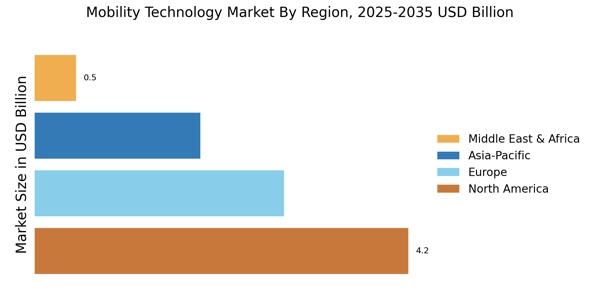
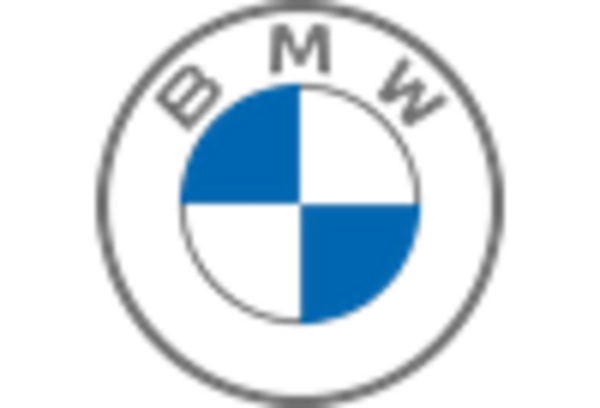
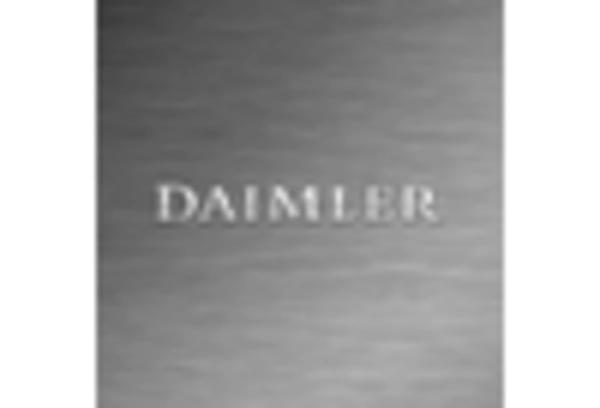
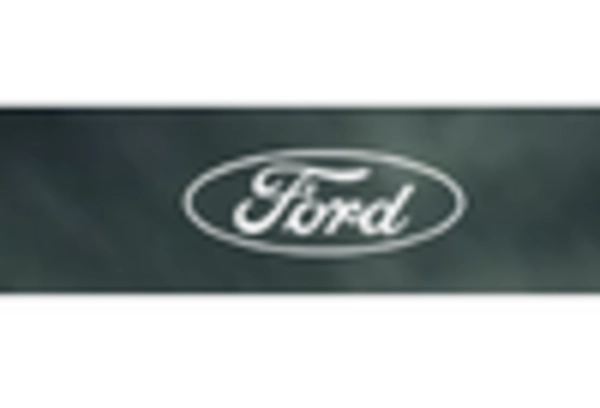


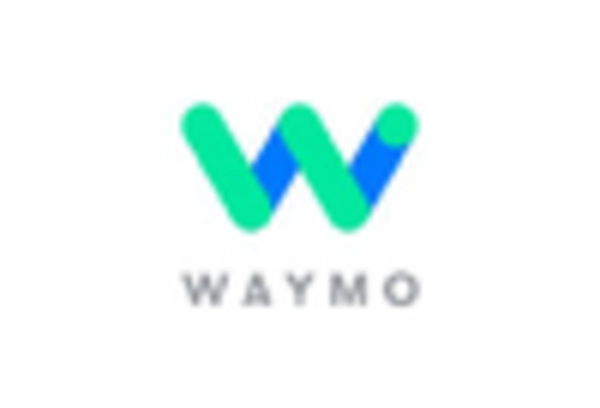








Leave a Comment